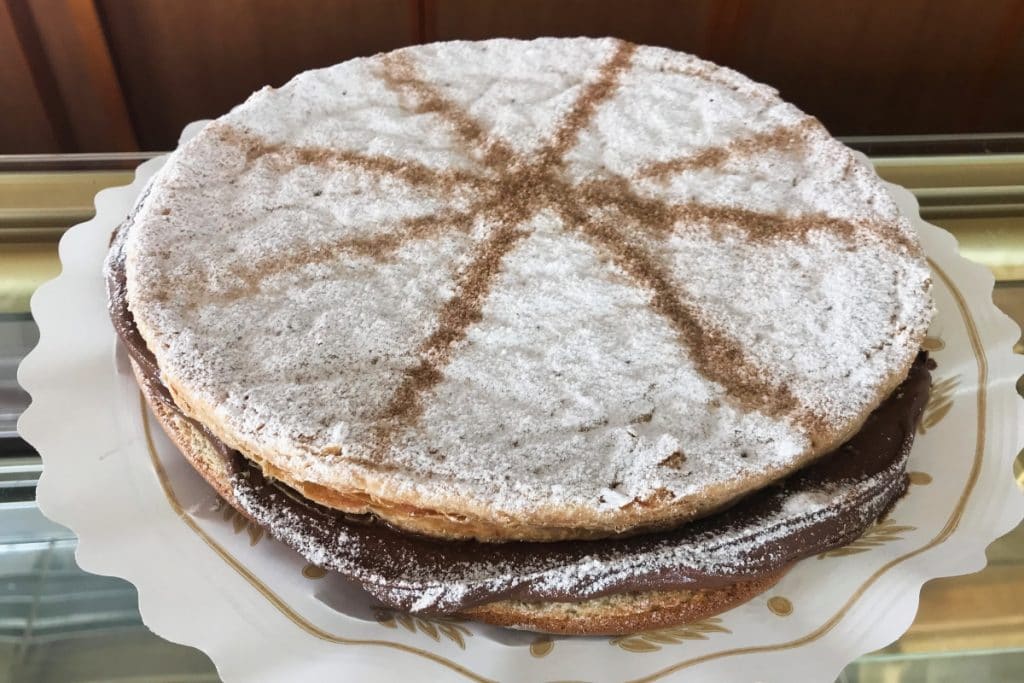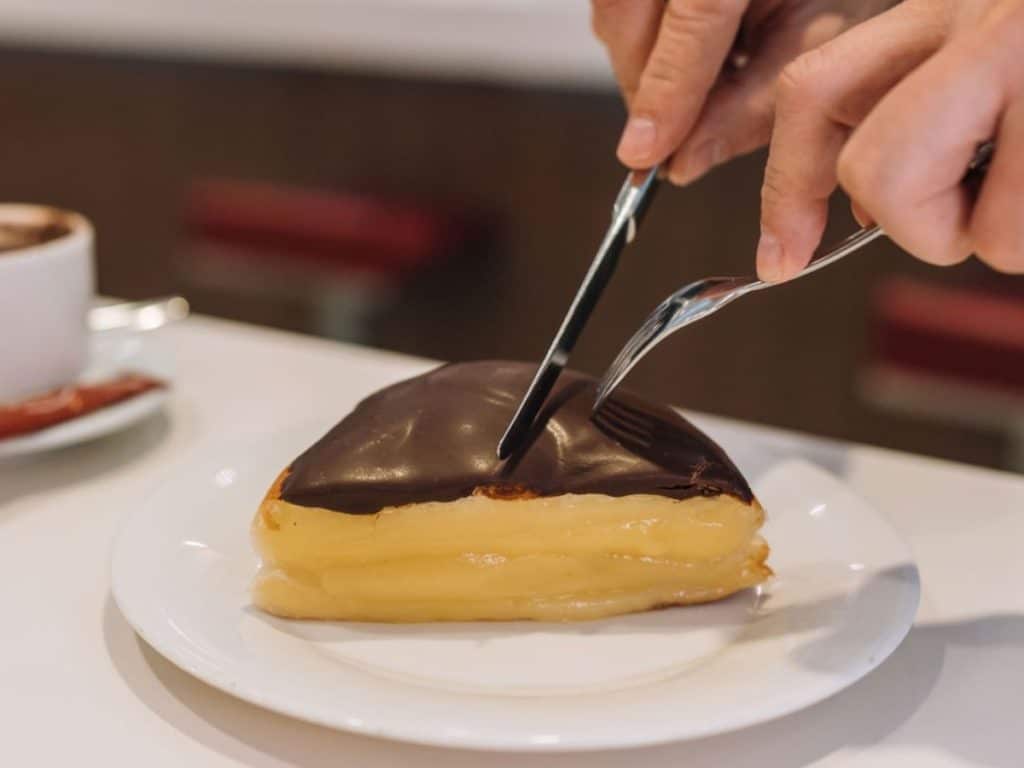
The gastronomic wealth of our land extends to confectionery, full of varieties of sweets and Andalusian desserts that find in tradition a sure hit. Influenced by the Andalusian cuisine, many of these snacks have as main ingredient products of its legacy such as honey, nuts or almonds.
Proof of this are the pestiños, tocinillos de cielo, torrijas the most popular products in the community are: polvorones, polvorones or roscos de vino. Another peculiarity of these delicacies is their artisanal character, since in many cases it is practically impossible to prepare the recipes in any other way.
Without going any further, the nuns of monasteries still prepare the traditional convent sweets, which are often marketed in their monasteries with centuries-old recipes that retain their popularity.
1. Bread from Cádiz
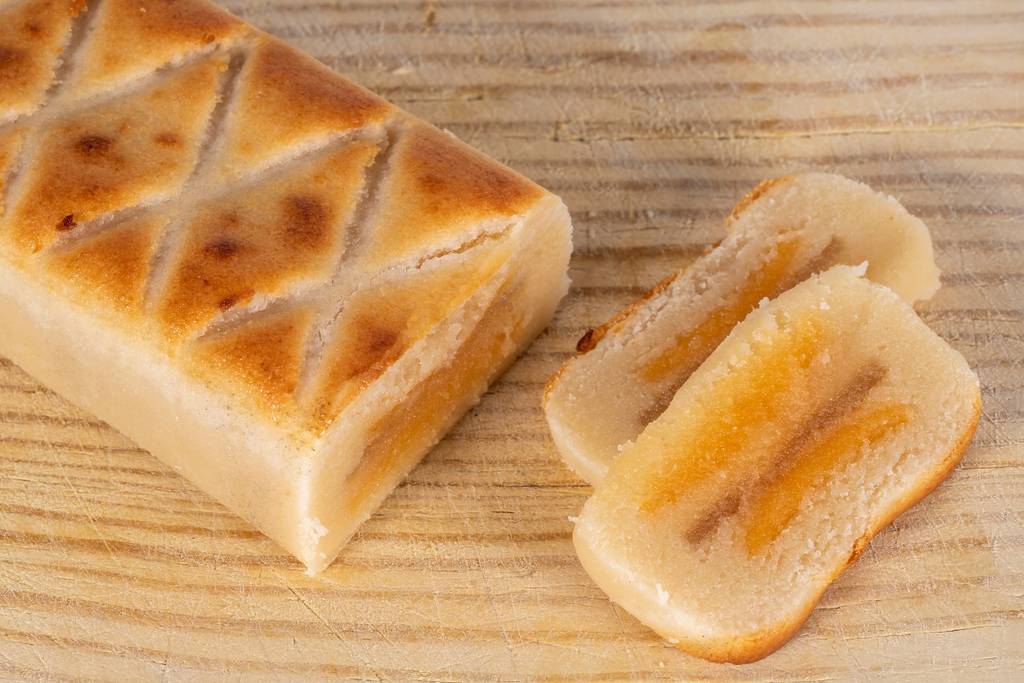
It is a kind of marzipan roll filled with candied fruit. It is also known as turrón de Cádiz.
2. Mostachón de Utrera
Utrera is not only honorary capital of flamenco, with all the tradition of the Sevillian countryside, it also has one of the most popular Andalusian desserts: the mostachón de Utrera. Some say that mostachón comes from the Roman word “mostaceum”, although other theories lean towards a possible Arabian heritage.
Made with sugar, cinnamon, egg, honey and flour, it is perfect for dipping in cocoa or coffee.
3. Pulley
As a kind of sweet porridge made with flour, the poleás are added to those traditional Andalusian desserts that functioned as a source of energy. The ingredients were easy to find and the recipe is a simple one that also varies depending on the Zone in which it is prepared.
Only 4 or 5 ingredients are required to make the poleá: flour, milk, sugar, oil and matalaúva (anise in grain).
The best news is that you can try the version of this ancestral dessert at Mr. Crab one of the best restaurants in Seville.
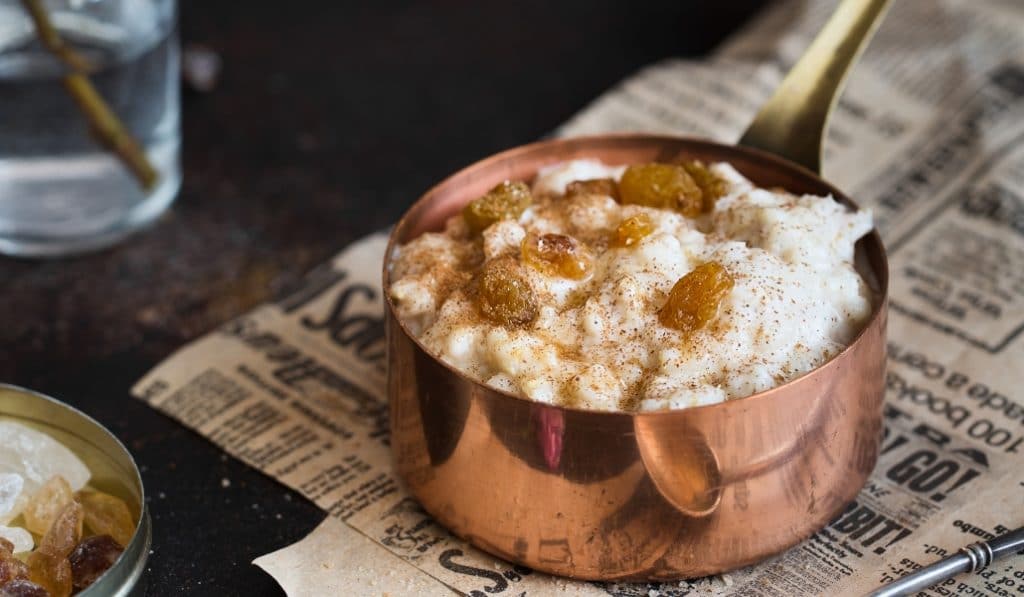
4. Torrijas
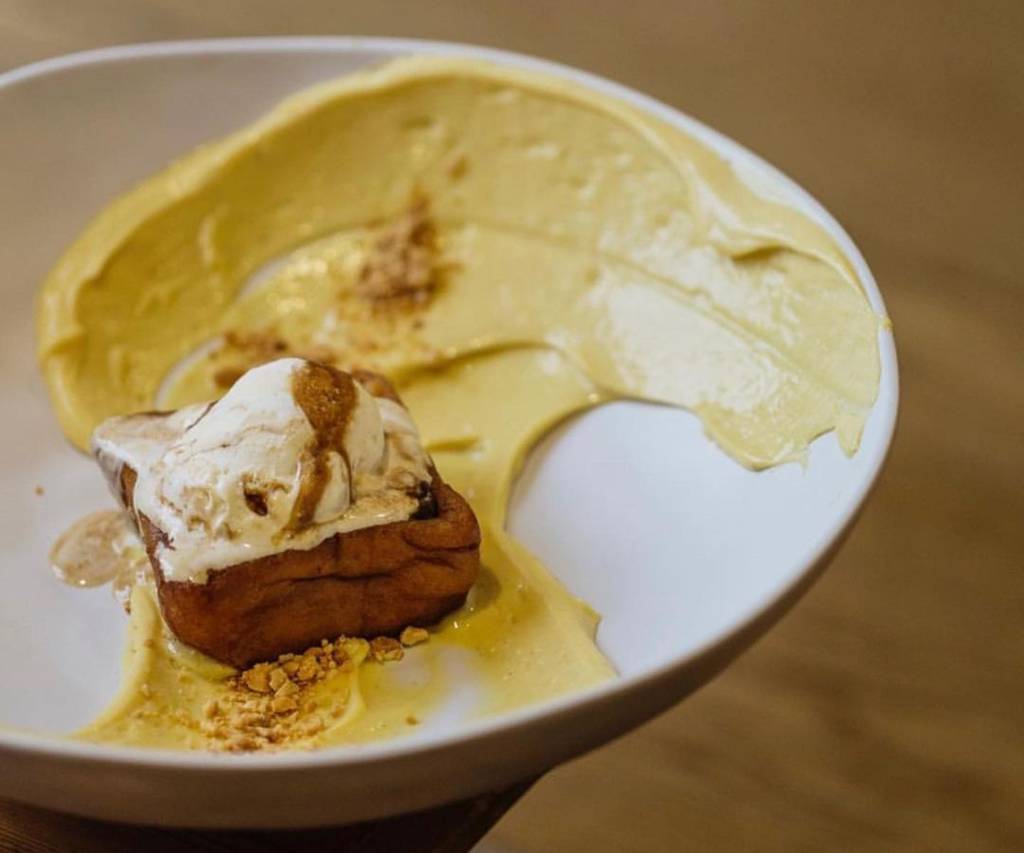
Torrija is a sweet with a long tradition in Spain. As far as torrijas are concerned, we have two articles that may interest you: a long list of different types of recipes and the best places where you will try this manja r in Seville.
5. Fried Orange Doughnuts
Also known as roscos de diez are the typical orange doughnuts of Salares, a municipality in Malaga located in the Axarquia, although you can find them in practically all Andalusian regions (and of multiple varieties), especially in dates close to Christmas Easter.
6. Chocolate wedges
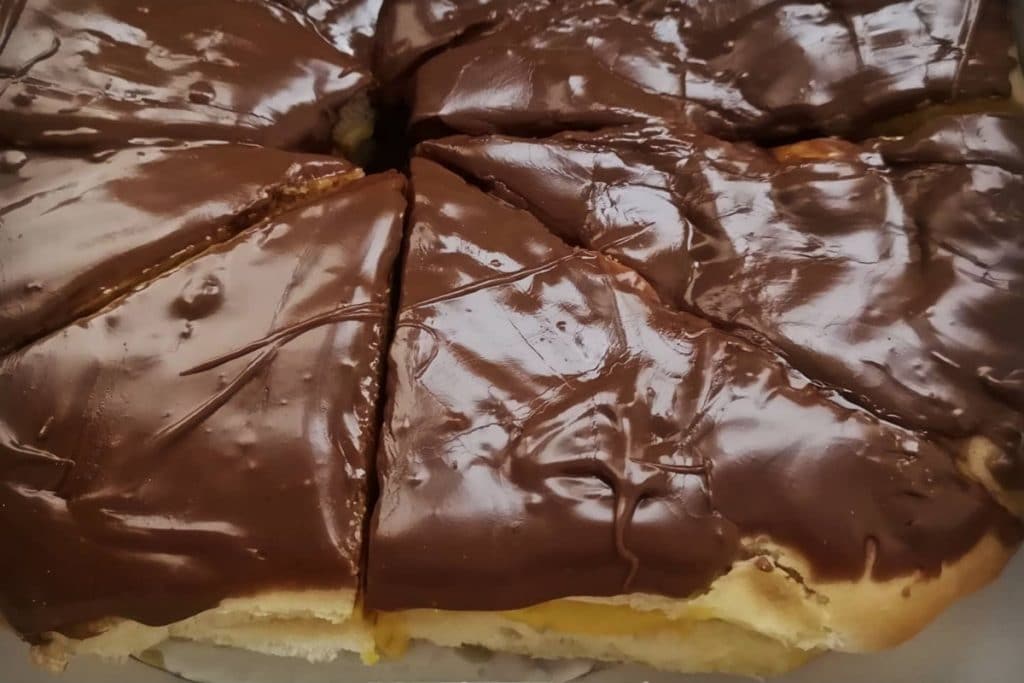
There is an Andalusian dessert, in the eyes of those with a sweet tooth, that could eclipse all others in a single bite: chocolate wedges. It will not be able to easily unseat roscos or pestiños, but this kind of sponge cake covered with chocolate and filled, generally with cream, is one of the most celebrated Andalusian sweets.
Specifically, you can find this Andalusian dessert of almost half a kilo at Las Melonas the most famous and masterfully prepared in the province of Seville, the best place in the province of Seville to prepare them. They also offer other flavors beyond the traditional one, such as Ferrero, Kinder, Nutella or white chocolate.
Another fantastic option for those who want to try one of the most popular without leaving Seville the Croisanteria Leos is a large and for only 2 €.
7. Pestiño
The Inception of the pestiño dates back to the 16th century approximately, where there is a first literary reference in La lozana andaluza ( 1528) by Francisco Delicado. The pestiño is related to the Moroccan shebbakiyya, suggesting a possible common origin, perhaps Andalusian.
The pestiño, however, is usually prepared for Christmas or Easter while shebbakiyya or chebakia is consumed during the month of Ramadan. Few presentations are missing to extol this fried flour dough sweet accompanied by sugar or honey.

Francisco Delicado also refers in his work to sopaipas. This dish is again rooted in Andalusian Arabic culture, whose name comes from the Andalusian Romance xopaipa (bread soaked in oil), which in turn comes from the diminutive of the Germanic word suppa, which is supaypa (bread soaked in liquid).
8. Los Gañotes
They are a traditional sweet of the villages of the Sierra de Grazalema although its origin is located in Ubrique. It is consumed especially during Holy Week and is made with eggs, cinnamon, sugar, lemon zest, olive oil and sesame seeds.
It is then rolled into a rod shape and fried. Those with a sweet tooth will say that a good drizzle of honey to crown this delicacy never hurts.
9. Crazy cake
Crazy cake is probably the most popular (and instagrammable) sweet from the province of Malaga. In its beginnings, the Tejeros, one of the great families of confectioners in Malaga, were the ones who started making it.
This delicacy consists of two puff pastry discs with pastry cream and orange glaze on top. Sometimes it is topped with half a cherry.
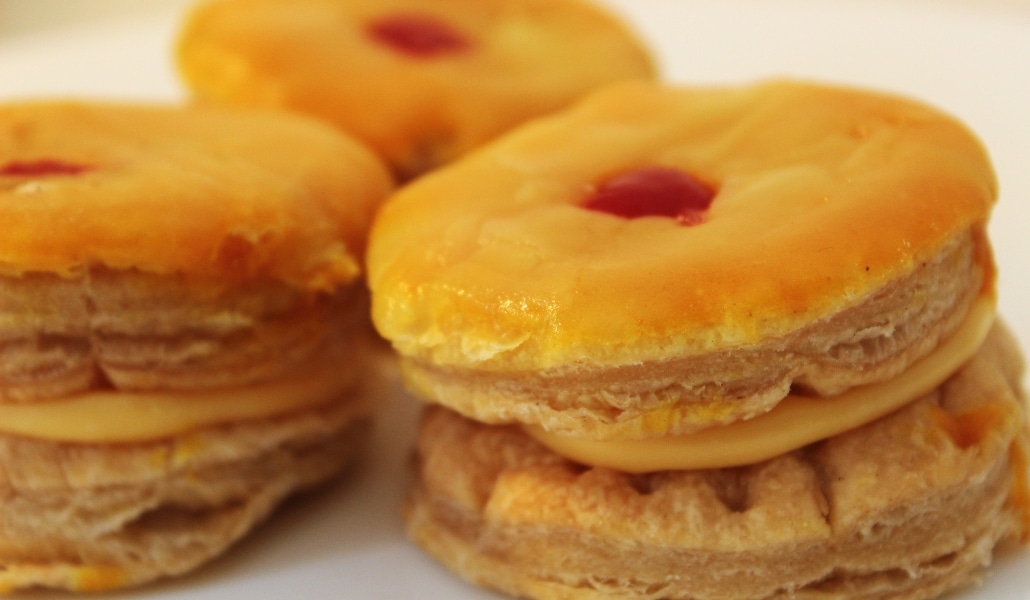
10. The Cordoba cake
An icon of Cordovan pastries is, of course, the Cordovan cake. You can find this circular cake made with puff pastry and filled with angel hair or cider in almost any cafeteria in the province.
11. English Cake
Anyone who decides to visit Carmona for its tourist attractions should not miss the Alcazar, the Roman necropolis, the church of Santa Maria de la Asuncion or the convent of Santa Clara.
Of course, you won’t be able to complete your immersion until you try this local delicacy with centuries of history. We are talking about the English cake, a sweet that has managed to transcend beyond the province.
12. The piñonate of Huelva
It is a peculiar fried dough to which boiled honey and pine nuts are added. Another of the typical sweets of Andalusia and a typical elaboration of the mountains of Huelva.
13. The Piononos
This charming Andalusian dessert is reminiscent of the Spanish-Muslim cakes that were made around the 11th century. They say this candy is inspired by Pope Pius IX.
The pionono consists of two distinct parts: the sponge cake base rolled into a cylindrical shape and the toasted cream that crowns this delicacy. The Santa Fe bakery prepares this delicacy every day by hand.
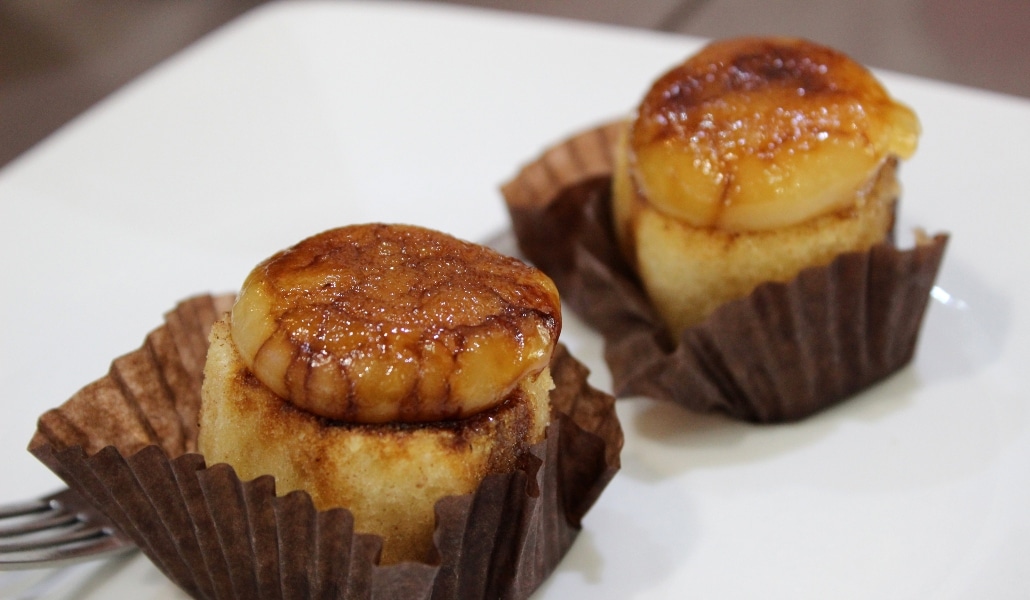
In Almonte (Huelva) one sweet stands out above all: the hooves. In fact, this snack is in the shape of a horse’s hoof, prepared with sponge cake, syrup, egg yolk, custard and shredded coconut.
In the Hierro confectionery, one of the oldest in town, they still prepare this sweet using traditional manufacturing methods.
14. Dulce del Paraíso
It is an ancient dessert of the custard family with the addition of the ancestral and abundant almonds and sponge cakes, which in the Alpujarra are justly famous. It was once known throughout the Alpujarra of Almeria.
15. Half Moons
Composed only of meringue and sponge cake, they are one of the favorite Andalusian desserts of the people of Almeria, according to Turismo Andalucía.
The preparation has no secrets: beaten egg whites and powdered sugar for the meringue to be mounted on a delicious sponge cake.

16. Alcalá Cake
A completely handmade product, with a unique flavor, different from any other confectionery elaboration, subtle. Its uniqueness lies in its crunchy and delicate texture. The tortas de Alcalá consist of a mixture of wheat flour and lard to which water is added to obtain the dough in question.
The result, with the addition of cinnamon, lemon zest, sugar and sesame seeds, is a traditional crackling snack, one of the typical Andalusian sweets.
17. El rosco de Jesús and the hornazo (a pastry made with bread)

Although the rosco de Jesús and the hornazo are two typical desserts of Andalusia, they are especially well known in Jaén during Holy Week.
The latter is also popular in Granada, Almeria and Castilla la Mancha and consists of an olive oil cake topped with a hard-boiled egg, keeping its shell, in the center.
18. More Andalusian desserts that are pure tradition
- Lechevieja. Inception of this drink is in Valdepeñas (Jaén) and consists of a kind of mistela or popular milk-based liqueur.
- The mantecao has been consolidated as part of the Spanish pastry tradition although its origin is Andalusian, especially concentrated in Estepa, where you will find this and other typical desserts of Andalusia. Taste artisanal delicacies in any of its stores and factories, visit the Chocolate City or the Mantecado Museum or take a heritage tour.
- Tocino de cielo. Although it is known and consumed throughout the country, this sweet was born in the 14th century in the convent of Espíritu Santo de Jerez.
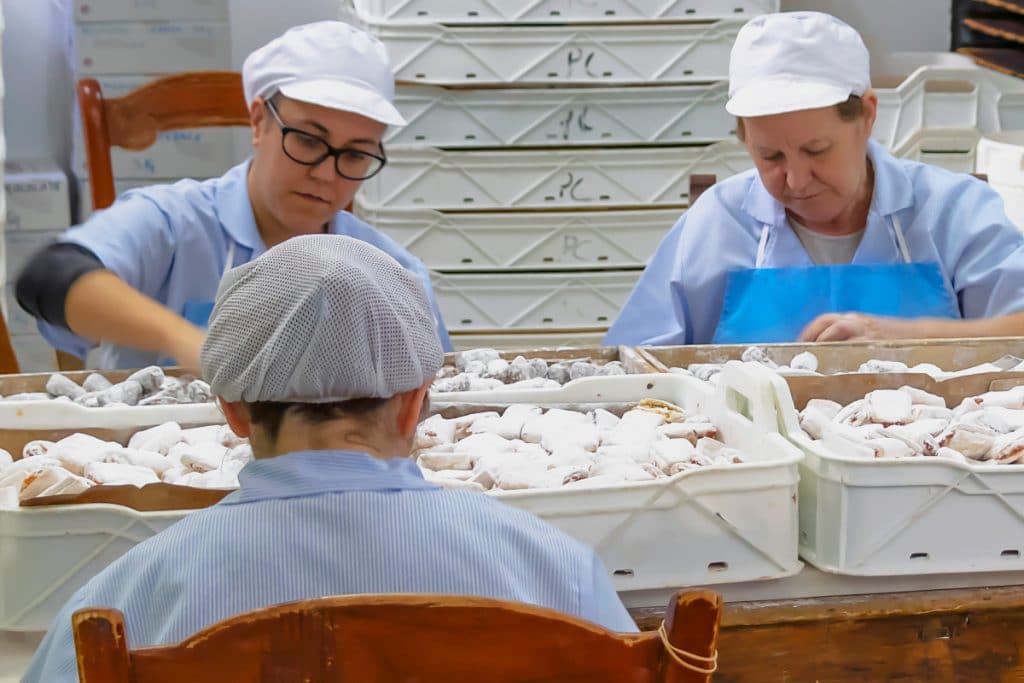
- In Atajate (Malaga) are very popular the “enredadillos”, for its uniqueness and because they owe their name to the appearance of mesh or grid.
- The municipality of Alosno, located in the region of Andévalo (Huelva), beyond being known for being the birthplace of the Fandango, hides one of the most genuine Andalusian desserts: the cagajones de puño. It is a fried dough based on flour, sesame seeds, oil, water, sugar and eggs that can be eaten hot or cold.
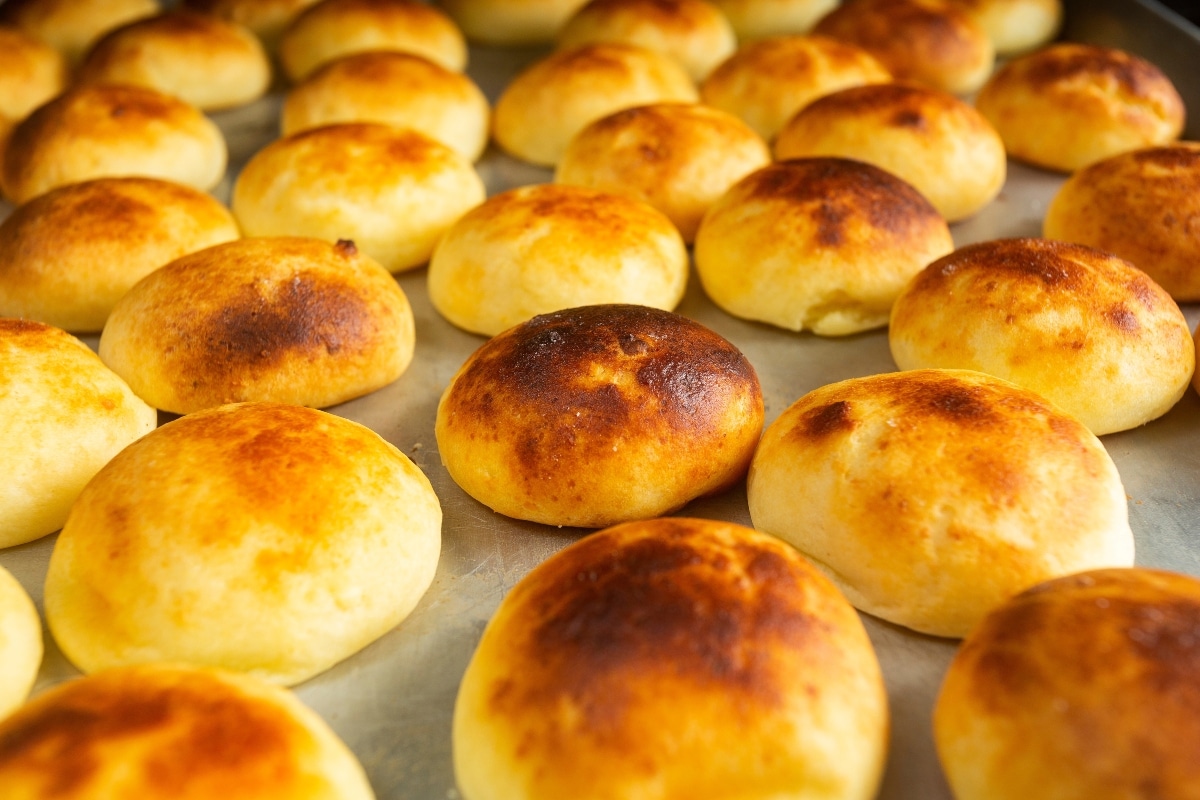
- Another typical sweet of the gastronomy of Alosno are the engañabobos, a variant similar to the pestiños.
- Bed sheets. They are a kind of cake, fritter or frying pan fruit, inherited from Arab confectionery in tradition and in the permanence of its name, which comes from the Arabic al-muyabbanat (cheese).
- Moorish Carrot Cake. This cake is nothing more than a carrotcake (carrot cake for the modern) but with the singularity of being made with purple carrots, which are grown specifically in the village of Cuevas Bajas, in the northeastern Zone of Malaga. The result is always delicious.


